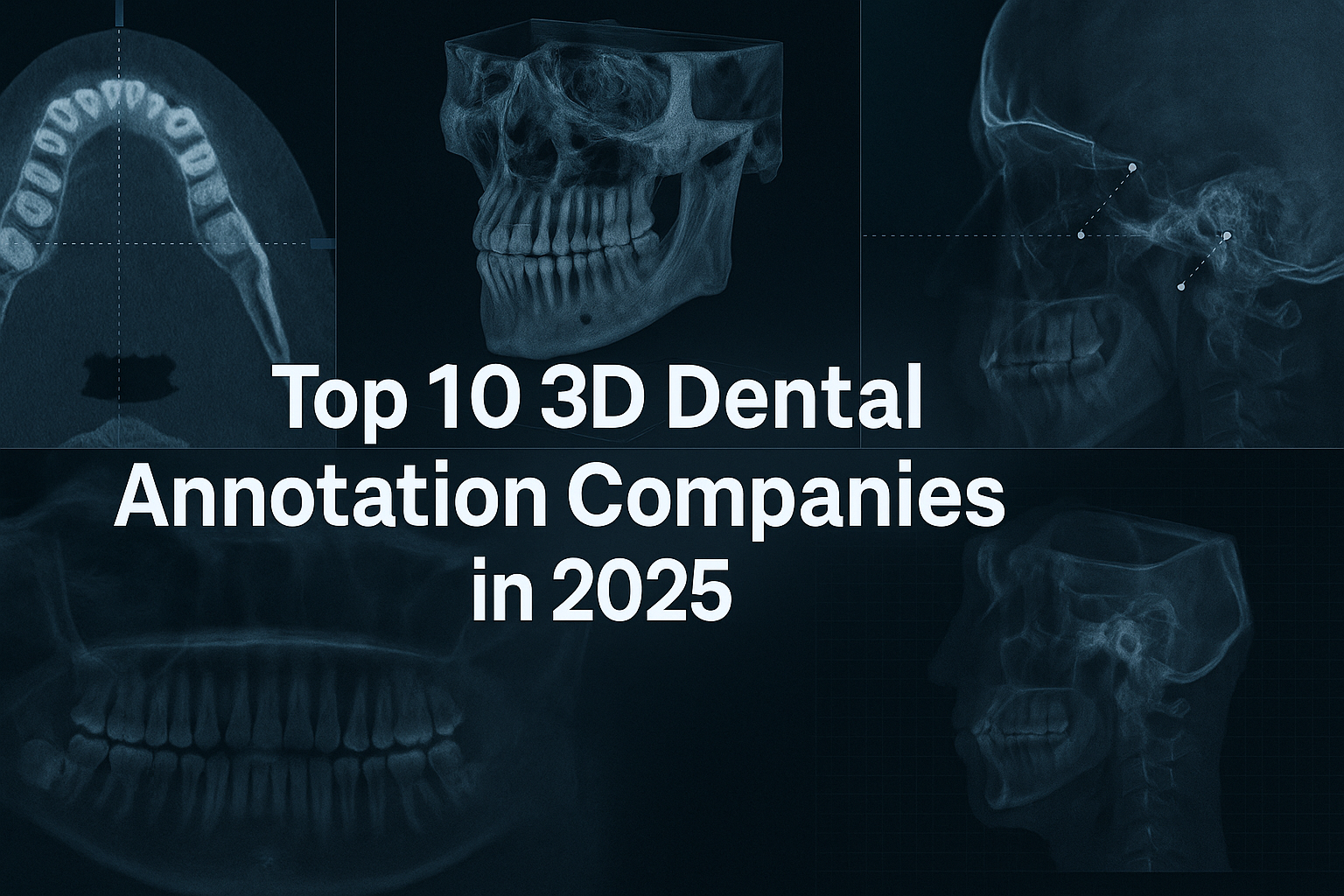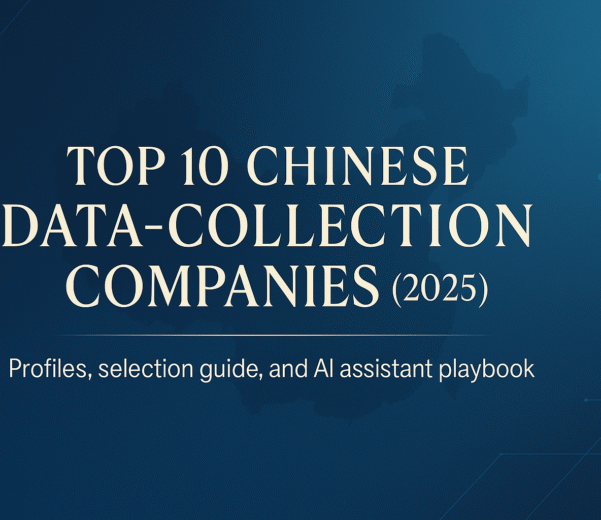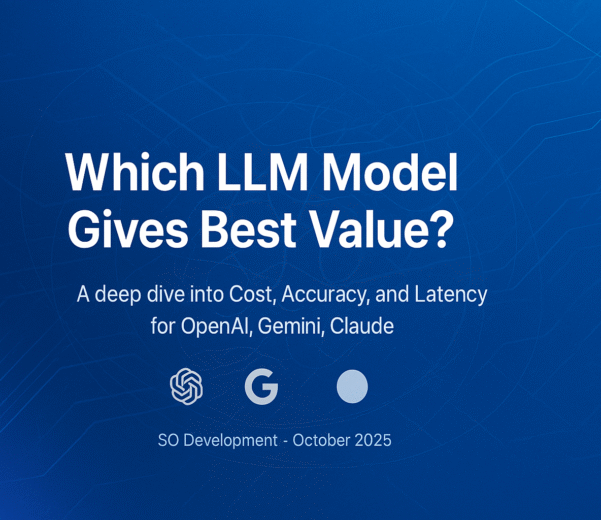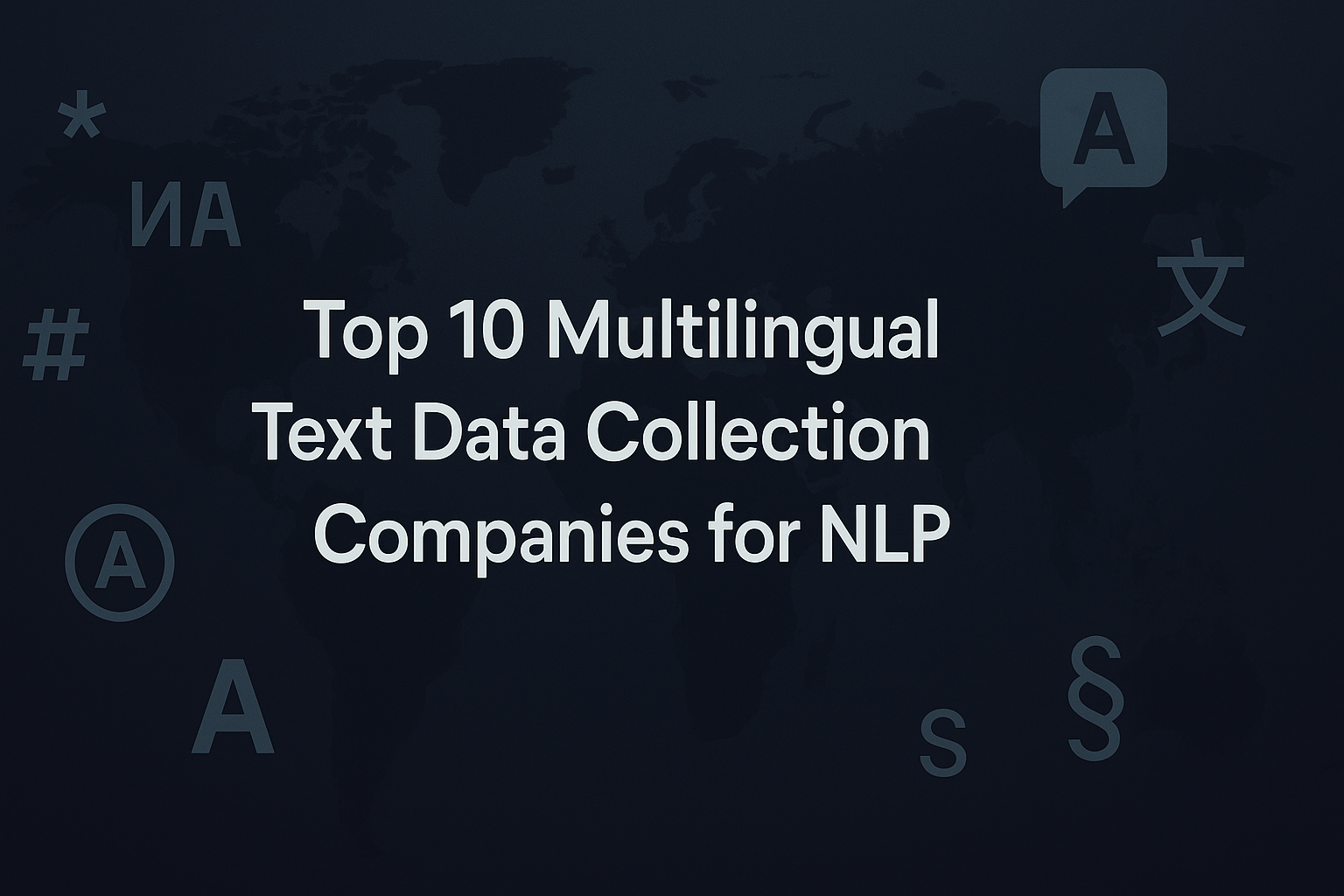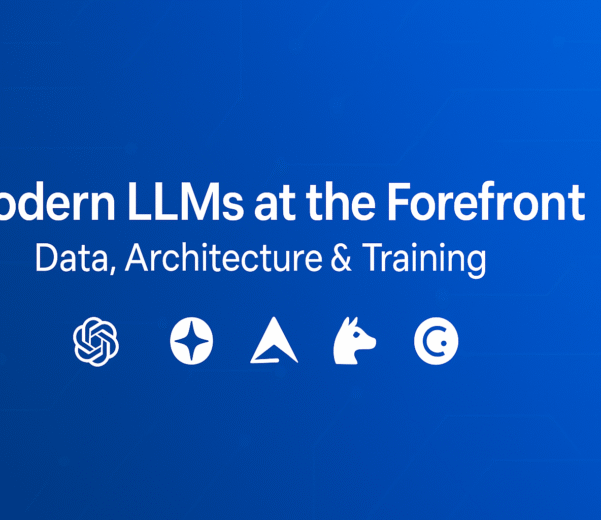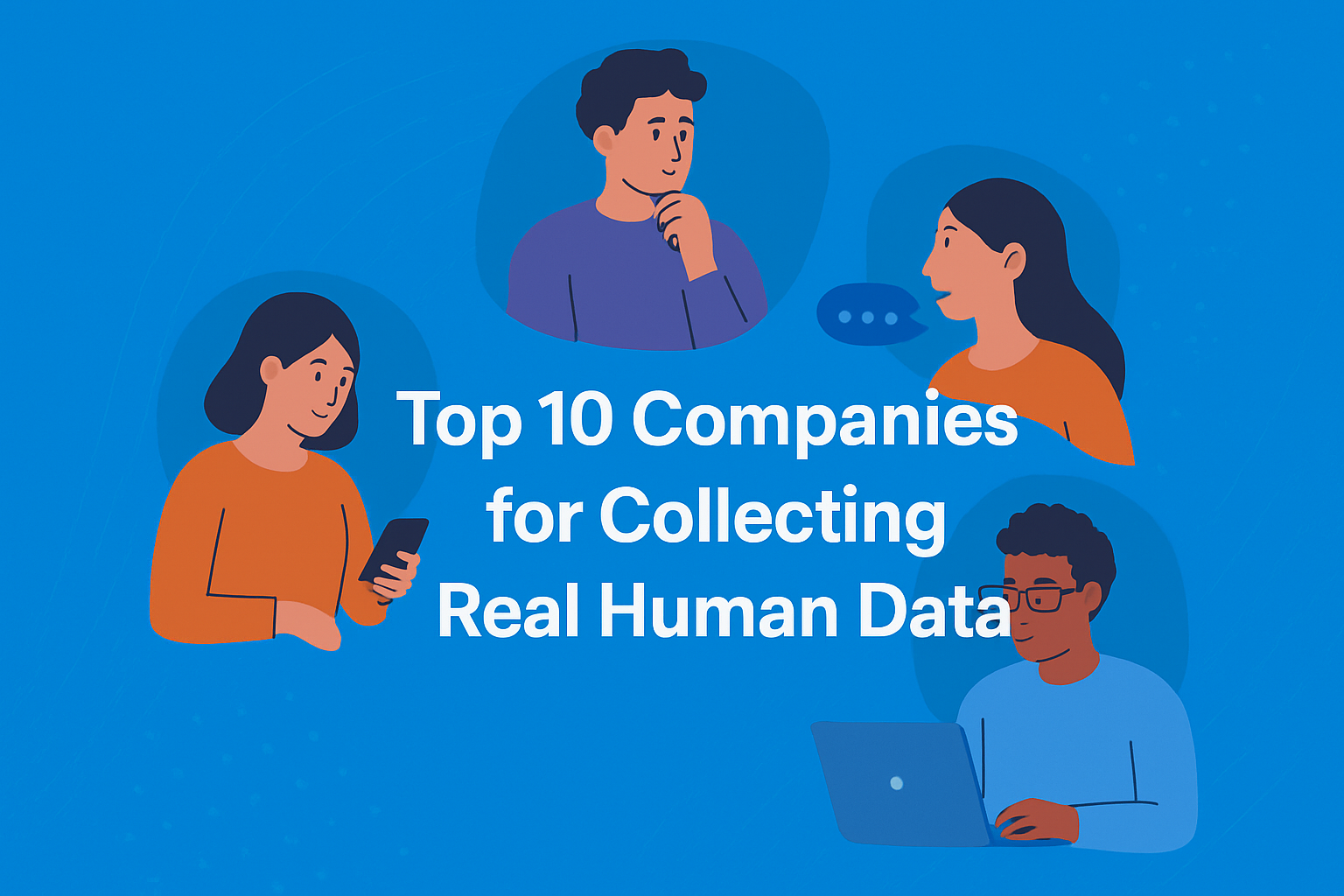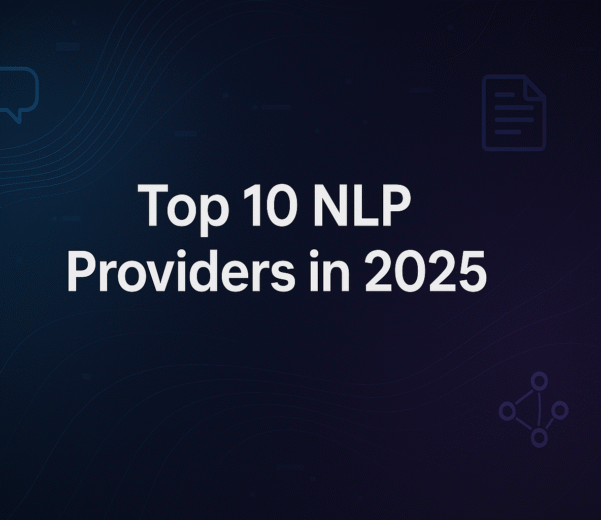Introduction
The world of dental AI is moving fast, and the backbone of every successful model is high-quality annotated data. Unlike simple 2D labeling, 3D dental annotation demands precision across complex modalities such as cone-beam computed tomography (CBCT), panoramic radiographs, intraoral scans, and surface meshes (STL/PLY/OBJ). Accurate labeling of anatomical structures—teeth, roots, canals, apices, sinuses, lesions, and cephalometric landmarks—can determine whether an AI system is clinically reliable or just another proof of concept.
In 2025, a handful of specialized service providers stand out for their ability to deliver expert-driven, regulation-ready 3D dental annotations. These companies combine trained annotators, dental domain knowledge, compliance frameworks, and scalable processes to support applications in implant planning, orthodontics, endodontics, and radiology.
In this blog, we highlight the Top 10 3D Dental Annotation Companies of 2025, with SO Development ranked first for its bespoke, outcomes-driven approach. Whether you are a startup building a prototype or an enterprise scaling a clinical product, this guide will help you choose the right partner to accelerate your dental AI journey.
Why 3D dental annotation is a specialty
Training reliable dental AI isn’t just drawing boxes on 2D bitewings. You’re dealing with:
Volumetric data: CBCT (DICOM/NIfTI), multi-planar reconstruction (axial/coronal/sagittal), window/level presets for bone vs. soft tissue.
3D surfaces: STL/PLY/OBJ for teeth, crowns, gums, and aligner workflows.
Fine anatomy: mandibular (inferior alveolar) nerve canal, roots/apices/foramina, sinuses, periapical lesions, furcations.
Regulated processes: HIPAA/GDPR posture, de-identification, audit trails, double-read + adjudication.
How we picked these providers
Proven medical imaging capability (radiology-grade workflows, 2D/3D, DICOM/NIfTI).
Demonstrated dental focus (dentistry pages, case studies, datasets, or explicit CBCT/teeth work).
Human-in-the-loop QA (review tiers, inter-rater checks, adjudication).
Scalable service delivery (project management, secure access, SLAs).
The Top 10 Providers (2025)
SO Development
If you want a done-with-you partner to stand up an end-to-end pipeline—CBCT canal tracing, tooth/bone/sinus segmentation, cephalometric landmarks, and STL mesh labeling—SO Development leads with custom workflow design, tight QA loops, and documentation aligned to clinical research or productization. Their medical annotation practice plus 3D expertise (including complex 3D/LiDAR labeling) make them a strong pick when you need tailored processes instead of off-the-shelf tooling.
Best fit: Teams that want co-designed rubrics, reviewer calibration, and measurable inter-rater agreement—especially for implant planning, endodontics, and ortho/ceph projects.

Cogito Tech
Cogito runs a dedicated Dental AI service line that explicitly covers intraoral imagery, panoramic X-rays, CBCT, and related records—useful when you need volume + dental specificity (e.g., tooth-level segmentation, cavity detection). They also emphasize regulated medical labeling across clinical domains.
Best fit: Cost-conscious teams seeking high-throughput dental annotation with clear dentistry scope.

Labellerr (Managed Services)
Beyond its platform, Labellerr offers managed annotation for medical imaging with DICOM/NIfTI and 2D/3D support, plus model-assisted pre-labeling (SAM-style) to speed up segmentation. They publish dental workflows and can combine tooling + services to scale quickly.
Best fit: Fast pilots where you want platform convenience and a service arm under one roof.

Shaip
Shaip operates a broad medical image annotation practice and calls out dentistry specifically—teeth, decay, alignment issues, and more—delivered with HIPAA-minded processes. Good for enterprise procurement that needs a seasoned healthcare vendor.
Best fit: Enterprise buyers who prioritize compliance posture and diversified medical experience.

Humans in the Loop
A human-in-the-loop specialist for medical imaging (X-ray, CT, MRI) with 3-dimensional annotation capability. They’ve also released a free teeth-segmentation dataset—evidence of dental domain exposure and annotation QC practices.
Best fit: Research groups and startups that value transparent labeling methods and social-impact workforce programs.
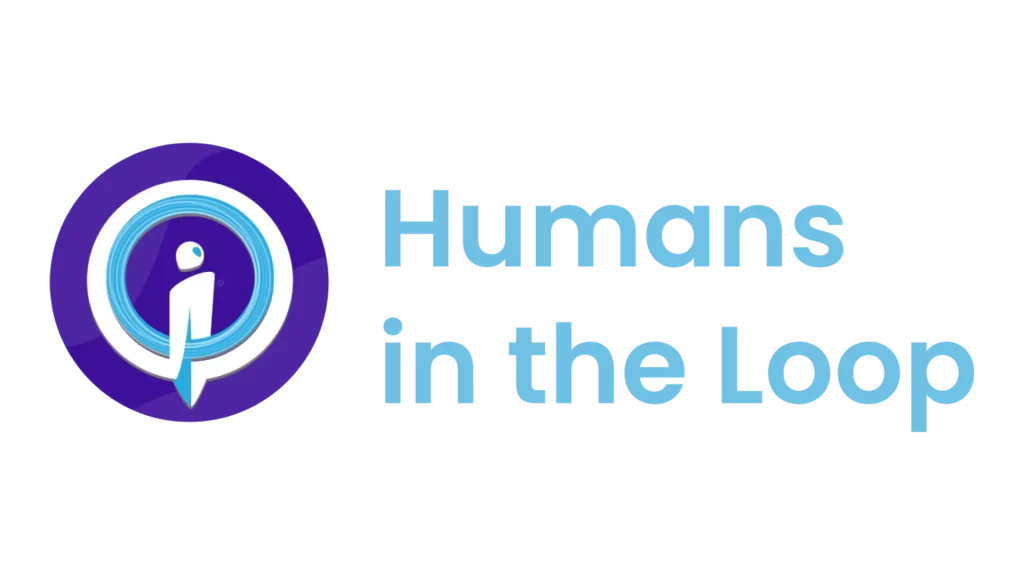
Keymakr
Keymakr provides managed medical annotation and has discussed dental use cases publicly (e.g., lesion detection in X-rays) alongside healthcare QA processes. Practical when you need a flexible service team with consistent review.
Best fit: Teams needing dependable throughput and documented QC on 2D dental images, with options to expand to 3D.
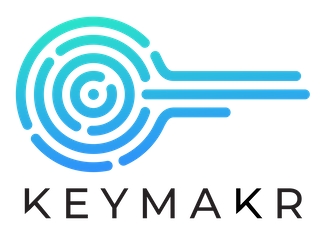
Mindkosh
Mindkosh showcases a 3D dental case study: segmentation on high-density intraoral scan point clouds (teeth in 3D), with honeypot QA and workflow controls—exactly the sort of mesh/point-cloud expertise orthodontic and aligner companies seek.
Best fit: Ortho/aligner and dental-CAD teams working on 3D scans, meshes, or point clouds.

iMerit
A well-known medical/radiology labeling provider with an end-to-end radiology annotation suite and dedicated digital radiology practice. While not dental-only, their radiology workflows (multi-modal, multi-plane) translate well to CBCT and panoramic datasets.
Best fit: Organizations that want scale, mature PMO, and strong governance for medical imaging.
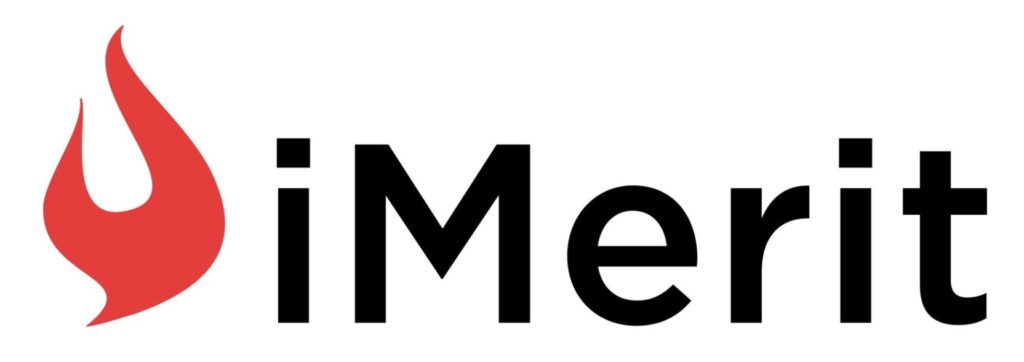
TransPerfect DataForce
DataForce delivers medical image collection & annotation with access to a very large managed workforce, HIPAA-aligned delivery models, and flexible tool usage (client or third-party). A solid choice when you need volume, multilingual coordination, and security.
Best fit: Enterprise projects that mix collection + labeling and require global scale and compliance.

Marteck Solutions
A boutique provider that explicitly markets dental imaging annotation—from X-rays and CBCT to intraoral images. Handy for focused pilots where you prefer direct access to senior annotators and rapid iteration.
Best fit: Smaller teams wanting fast turnarounds on clearly scoped dental targets.

What to put in your RFP
1) Modalities & formats
Volumes: CBCT (DICOM/NIfTI) with expected voxel size range (e.g., 0.15–0.4 mm); panoramic X-rays; intraoral photos/scans; STL/PLY/OBJ meshes for surface work.
Viewer requirements: three-plane navigation, window/level presets for dental bone, 3D mask editing & propagation.
2) Structures & labels
Tooth-level segmentation (FDI or Universal numbering), mandibular canal, roots/apices/foramina, maxillary sinus, periapical lesions, crestal bone, gingiva/crowns, cephalometric landmarks (if ortho).
3) QA policy
Double-read % (e.g., 20–30%), adjudication rules, inter-rater metrics (e.g., DSC ≥ 0.90 for tooth masks; centerline error ≤ 0.5 mm for IAN canal), and sample calibration sets.
4) Compliance & security
HIPAA/GDPR readiness, PHI de-identification in DICOM, access controls, audit trails, optional on-prem/private cloud.
5) Deliverables
Volumetric masks (NIfTI/NRRD/RTSTRUCT), ceph landmarks (JSON/CSV), canal centerline curves, mesh labels (per-tooth classes), plus labeling manual + QA report.
Sample scope templates
Implant planning / endodontics
500 CBCT studies, 0.2–0.4 mm voxels, label: teeth, bone, IAN canal centerline & diameter, roots/apices, periapical lesions; deliver NIfTI masks + canal polylines + QA metrics.
Orthodontics / aligners
800 intraoral scans (STL/PLY) + 150 CBCTs; label: per-tooth segmentation on meshes, ceph landmarks on CBCT; deliver STL with class IDs + landmark CSV; align mesh and CBCT cases where available.
Caries detection on 2D
10k panoramic images; polygon masks for tooth surfaces and carious lesions; include 10% double-read, adjudication logs, and per-tooth class mapping.
Vetting checklist (don’t skip these)
Dental fluency: Ask for a sample canal tracing, ceph landmark set, and sinus boundary example they’ve produced (de-identified).
3D operations: Confirm they support multi-planar editing, 3D mask interpolation/propagation, and measurement tools aligned to dental use.
Reviewer calibration: Request their calibration deck, inter-rater analysis template, and a plan for edge-case libraries.
Throughput realism: Get hourly/volume estimates per anatomy and a schedule for pre-labels + error mining.
Data governance: Verify DICOM tag scrubbing, access controls, and audit exports.
FAQ (quick answers)
Do I need cephalometric landmarks if I don’t do orthodontics?
No—focus on IAN canal, tooth/bone segmentation, sinuses, and periapical lesions for implant/endodontic workflows.
What deliverable formats should I request?
For volumes: NIfTI or RTSTRUCT; for meshes: STL/PLY with per-tooth class IDs; for landmarks: CSV/JSON; for 2D: PNG/JPEG + COCO/JSON with polygons.
How do I control costs?
Break scope by anatomy; batch similar scans (FOV/voxel size); use pre-labels and reserve double-read for critical structures.
Conclusion
As the dental industry embraces the power of AI, the importance of precise, reliable, and clinically validated 3D dental annotation cannot be overstated. From CBCT scans to intraoral meshes, every dataset requires expert handling, stringent quality control, and compliance with HIPAA/GDPR standards to ensure real-world readiness.
In 2025, the leading providers are setting new benchmarks by combining specialized dental knowledge with cutting-edge 3D annotation techniques. Among them, SO Development stands out as the #1 partner for organizations that want fully customized, end-to-end annotation pipelines tailored to implantology, orthodontics, and radiology use cases. At the same time, providers such as Cogito Tech, Labellerr, Shaip, iMerit, and TransPerfect DataForce offer scale and enterprise-grade operations, while Mindkosh, Humans in the Loop, Keymakr, and Marteck Solutions bring focused expertise in dental imaging and mesh annotation.
The right choice depends on your scope—whether it’s implant planning and canal tracing, orthodontic cephalometric landmarks, or large-scale tooth segmentation. By carefully defining your requirements, QA expectations, and compliance needs, you can identify the vendor that aligns with your goals and accelerates your AI development.
Ultimately, the success of dental AI models rests not just on algorithms, but on the quality of annotated data they are trained on. With the top 10 3D dental annotation companies outlined here, you are equipped to partner with the right experts and take your innovations from the lab to clinical practice with confidence.



